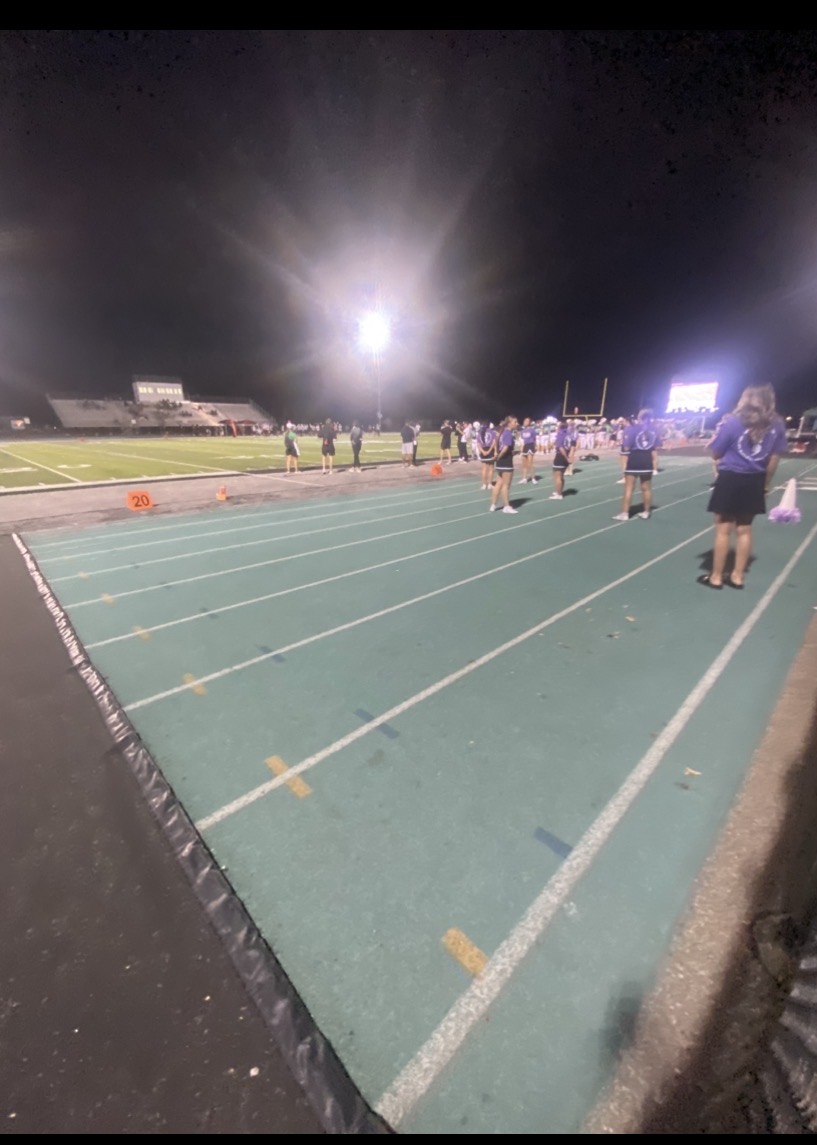If you’re a student, you probably spend most of your time at school sitting at a desk, meaning you and the desks at this school spend seven hours of quality time together each and every day. There are many types of desks that can be found in a classroom, so it begs two questions: 1) does classroom seating have an effect on learning? and 2) which desks help or help or hurt that learning most?
Christian Tracy, the principal at Harrison Junior School, says the physical environment of a classroom does in fact have a significant impact on learning, and it often gets overlooked. “At Harrison Junior School, selecting desks and furniture for our new building was a thoughtful process centered on meeting the diverse needs of our students,” Mr. Tracy said. “We aimed to move away from traditional rows and aisles, which can feel rigid and limiting, toward creating a more dynamic and flexible 21st-century learning environment.”
According to a study by American School & University, students with flexible furniture in classrooms are more comfortable than students with traditional furniture. Furthermore, when the junior school changed its classroom seating, Mr. Tracy noticed some changes himself. “Students are more engaged during lessons, and the collaborative setup encourages participation and interaction,” says Mr. Tracy. “Additionally, flexible furniture seems to reduce some behavioral issues by giving students a sense of ownership and control over their space.”
But we at the high school don’t have new, cutting edge seating options. We have desks that range from okay to awful. A Paw Print survey asked Students to rate desks on a scale of 1 to 5, with 5 being the best. The desk with the highest rating was the standard desk with an unattached chair, with an average rating of 4.29. Many said because the chair isn’t attached, they can move and adjust the chair, therefore giving them more space and accommodating all sorts of body sizes and shapes. Students can also move the desks around the room when they need to work in groups, with a group of students congregating around one or two desks. The flexibility and comfort of these desks make them the student favorites.
On the contrary, the desk with the lowest rating was the standard desk with an attached chair and no front legs, with an average of 1.59. Most who gave it a low rating said it’s because you can’t move due to the chair being connected to the desk. This desk also has the tendency to fall over, and if you get out of it without being careful, you might find yourself flat on the floor with a desk digging into your abdomen. These desks also can’t have heavy things on them, and several times a month, students put their backpacks on these desks before they sit down, causing the desks to tip over. And good luck to the teacher who tries to sit on the edge of this desk while they are helping students. They are about to fall over and look really silly.
Some other kinds of desks rated were standard desk with attached chair (with legs in front) with an average of 2.61, triangle desk with unattached chair with an average of 3.95, square table with two unattached chairs with 4.01, and lab tables with two unattached chairs with 4.25. The triangle chair is flexible, but it lacks the room for a laptop and a paper or book, which is often needed in class. The standard desk is better than the one that falls over, but it can’t be put in a lot of different shapes because students can only sit down from one side of the desk. This limits how creative the seating arrangements can be. Lab tables are great, but they do take up a lot of room in a classroom, and lack the flexibility of the best rated desk.
It is clear that the physical environment in a classroom has an impact on students’ focus and learning and students prefer desks where they can move around and feel comfortable. It would benefit students greatly if Harrison High School replaced the desks with attached seating with separated desks and seats. This, of course, would probably cost some money, but it can be a good investment. It may seem small, but a little change can make a big difference!




























